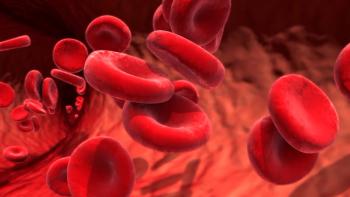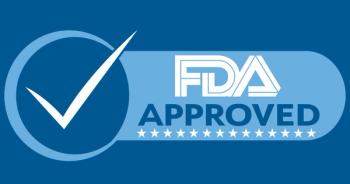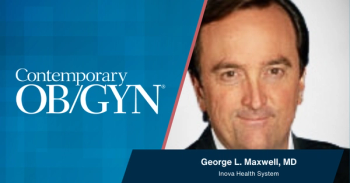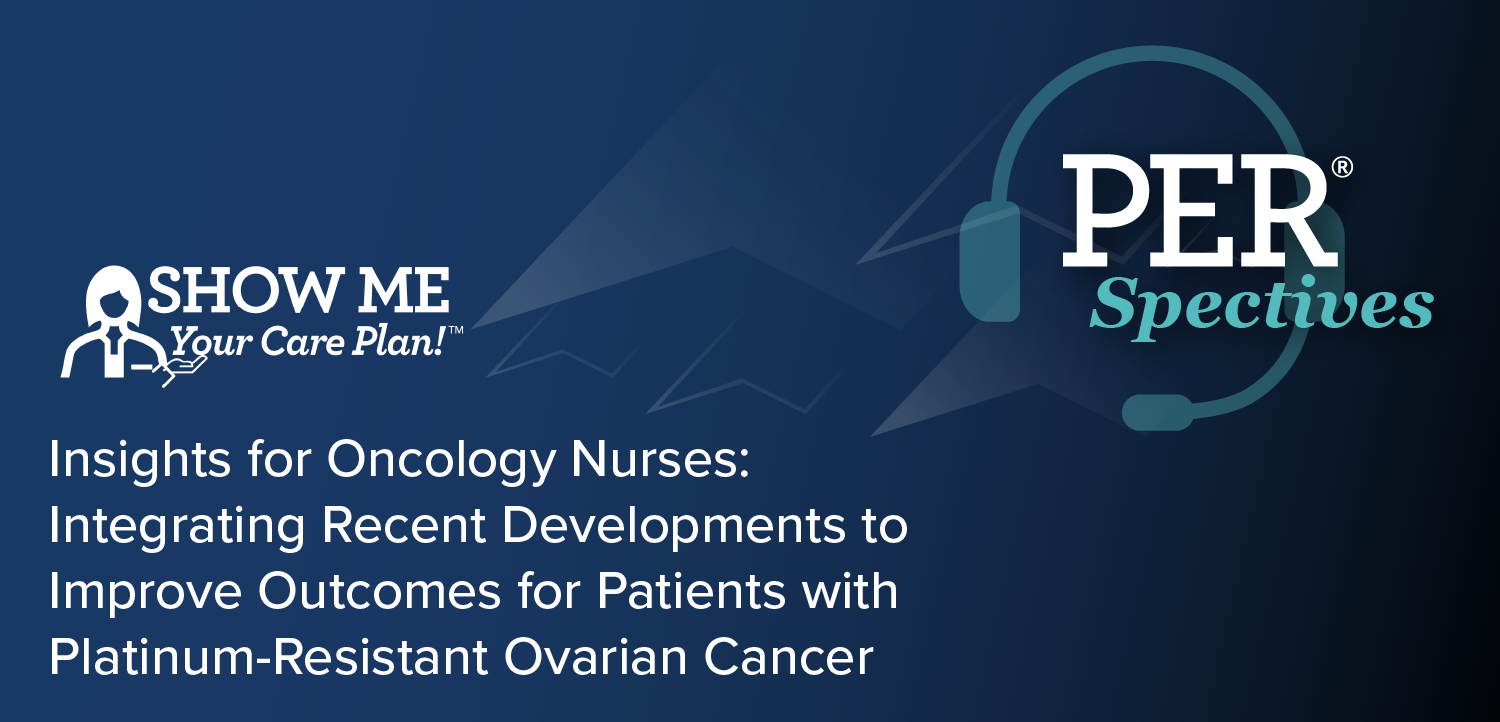
Grand Rounds: Critical Care in OB: Part 4, Navigating a thyroid storm
Exacerbation of hyperthyroidism in pregnancy is an obstetric emergency. It demands accurate diagnosis and a prompt therapeutic response in order to minimize risk to mother and fetus.
Only about 1% to 2% of women with hyperthyroidism who receive thionamide experience thyroid storm-but it's a devastating complication.1 In years past, up to 25% of pregnant patients with thyrotoxicosis during gestation perished. Maternal mortality for the condition is currently approximately 3%.2 Nevertheless, all ob/gyns need to know how to spot a brewing "storm" and treat it promptly so as to ensure the best possible outcome for mother and fetus.
Defining a 'perfect' storm
Thyrotoxicosis is a generic term referring to a clinical and biochemical state resulting from overproduction of and exposure to thyroid hormone. Graves' disease, the most common cause of thyrotoxicosis in pregnancy, is an autoimmune condition characterized by production of thyroid-stimulating immunoglobulin (TSI) and thyroid-stimulating hormone binding inhibitory immunoglobulin (TBII). These two antibodies facilitate the thyroid-stimulating hormone (TSH) receptor in the mediation of thyroid stimulation and inhibition, respectively.
How pregnancy impacts the thyroid
A complete review of thyroid physiology is beyond the scope of this article, but some background information will help you understand the rationale for the different treatment options.
Thyroxine (T4), the major secretory product of the thyroid gland, is converted in peripheral tissues to triiodothyronine (T3), the biologically active form of this hormone. T4 secretion is under the direct control of pituitary TSH. The cell surface receptor for TSH is similar to the receptors for luteinizing hormone (LH) and human chorionic gonadotrophin (hCG). T4 and T3 are transported in the peripheral circulation bound to thyroxine-binding globulin (TBG), transthyretin (formerly called "prealbumin"), and albumin.
Less than 0.05% of plasma T4, and less than 0.5% of plasma T3, are unbound and able to interact with target tissues.3-7 Routine T4 measurements reflect total serum concentration and may be altered by increases or decreases in concentrations of circulating proteins. By 20 weeks' gestation, plasma TBG increases 2.5-fold because of reduced hepatic clearance and an estrogen-induced change in the structure of TBG that prolongs serum half-life. This TBG alteration causes significant changes in some of the test results in pregnancy. There is a 25% to 45% increase in serum total T4 (TT4) from a pregravid level of 5 to 12 mg to 9 to 16 mg. Total T3 (TT3) increases by about 30% in the first trimester and by 50% to 65% later.1
[Plasma iodide levels decrease in pregnancy due to fetal use of iodide and increased maternal renal clearance. The result in many pregnant women is a 15% to 18% increase in size of the thyroid gland. The enlargement usually resolves after delivery and is not associated with abnormal thyroid function tests.8 ]
Newsletter
Get the latest clinical updates, case studies, and expert commentary in obstetric and gynecologic care. Sign up now to stay informed.










